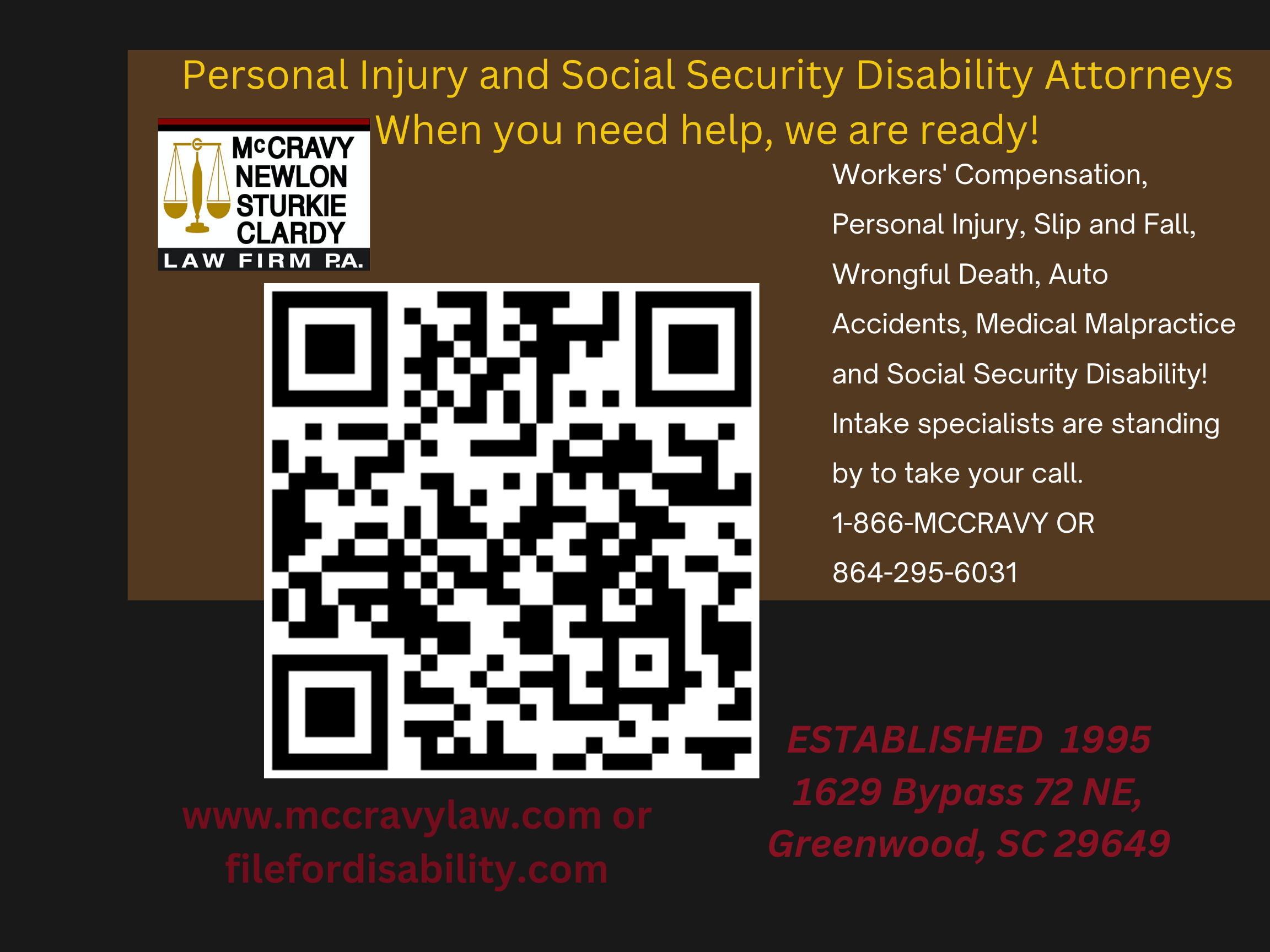Compassionate Communication
October 27, 2020By Kara Gormley Meador
NP Strategy
While my home base is no longer a cubical inside a television newsroom where eight monitors blast shows from all of the major networks 24/7, it’s hard to ignore that regardless of show or venue – be it listening in the car, sitting in front of the computer or the TV – people are too often not communicating with compassion or empathy for one another. It doesn’t stop with the news; a lack of compassionate communication seems to be trickling in to many aspects of our lives.
What can we do?
Compassionate communication starts with actively listening.
In this age of connectivity, listening is not as easy as it sounds.
Overflowing email inboxes, constantly updating social feeds and an endless stream of virtual meetings make it easy for our attention to wane.
It takes effort and commitment to listen to someone through the entirety of their talk or explanation, without listening to a fraction of their message.
Compassionate communication means making sure the person you are communicating with understands that you care enough about them and their work to give them your time and full attention. This may sound basic, but we can all stand to improve, especially after a year of seemingly never-ending distractions.
Make eye contact.
- In the most basic form, compassionate communicators look at the person who is talking in an attempt to connect with them and understand the point they are trying to get across.
Don’t listen in order to talk.
- Don’t listen to someone solely with the intention of waiting to speak and express your views.
If you are working on a response while someone else is stating their case, chances are you will miss key points.
Ditch your biases.
- When you listen, really try to understand the other person’s point of view. We all hold biases, even unintentionally. Instead of making assumptions and judgments, make an effort to listen to where the other person is coming from. You may find inspiration in a perspective if you keep an open mind.
Active listening through compassionate communication does not imply that you approve or agree with everything a person is saying. Instead, it shows that you respect others’ thoughts and views and are willing to consider what they have to say, verses automatically discounting them.
In your next virtual meeting or team discussion, make a commitment to put away the technology and be fully present, so you can be entirely engaged before you speak.
Try it, and you may find that compassionate communication can help you overcome conflict and establish bonds that help cultivate new relationships and, perhaps, lead to diversity of thought, collaboration and a positive work culture.
Kara Gormley Meador is an award-winning broadcast journalist, with extensive experience hosting, anchoring and reporting the news. Her expertise gleaned from years in the media positioned Kara as a choice partner to find and tell great stories in ways desirable for optimal media coverage. From multimedia and marketing management, to crisis communication, public speaking, and video and audio production, the years Kara spent running her own business and in a television newsroom make her a master of multiple daily deadlines in fast-paced environments.















